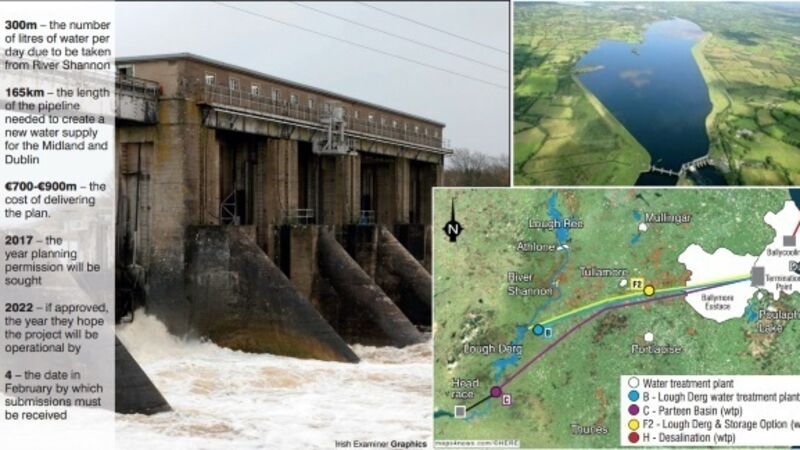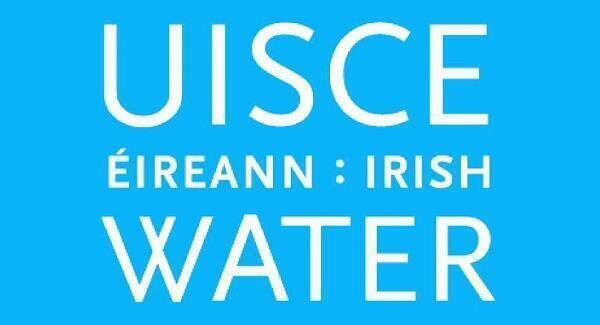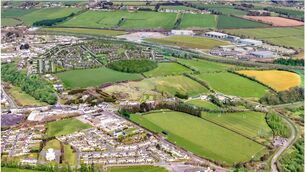Parteen Basin option has least environmental impact as new source of water for the East and Midlands

Details of the emerging preferred option were revealed by Irish Water yesterday. A new report published by the utility has found that abstraction of water at Parteen Basin has the least environmental impact of the four options considered.
This option means Irish Water can avail of existing hydro-power infrastructure which ensures that the proposed water abstraction can be implemented within existing normal operating water levels and with no impact on statutory flow requirements in the Lower Shannon, meaning that there is very limited impact on the lake.
Abstraction from hydro-power facilities is common practice worldwide and the Parteen Basin option will use only a small fraction (about 2%) of hydro-power water that would otherwise have been used for power generation and then discharged to sea.
Irish Water has stated that the proposed new scheme also creates multiple opportunities to supply treated water to communities in the vicinity of Parteen Basin and along a route corridor from Parteen Basin to Dublin.

Counties to be supplied include Clare, Tipperary, Offaly, Laois, Westmeath, Kildare, Meath, and Dublin.
Publication of this report is expected to prompt a wave of protest from the River Shannon Protection Alliance (RSPA) and Clare County Councillors, who have opposed the abstraction of water from Lough Derg since it was first proposed by Dublin City Council. The RSPA claims it will cost an estimated €621m to facilitate the abstraction of more than 350m litres of water daily from the Parteen Basin to serve the Eastern and Midlands region.
A new 10-week period of public consultation on the Preliminary Options Appraisal Report now starts.
More than 40% of Ireland’s population lives in the Midlands and Eastern region and work has been ongoing for eight years to identify a new and sustainable water source.
Once the third consultation process ends on February 4, 2016, any considerations will be evaluated as part of the determination of the final choice of a new water supply for the Eastern and Midlands Region.













